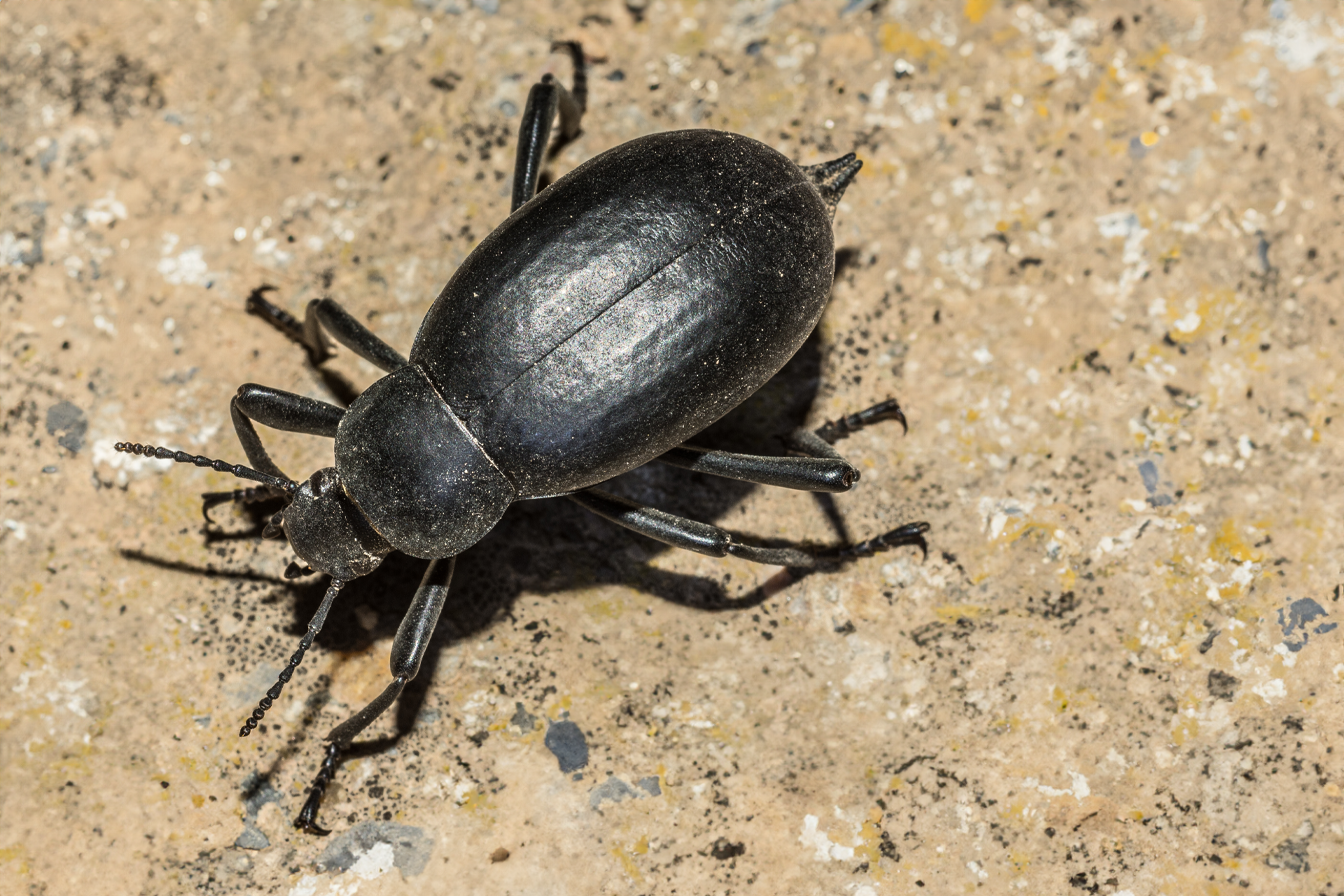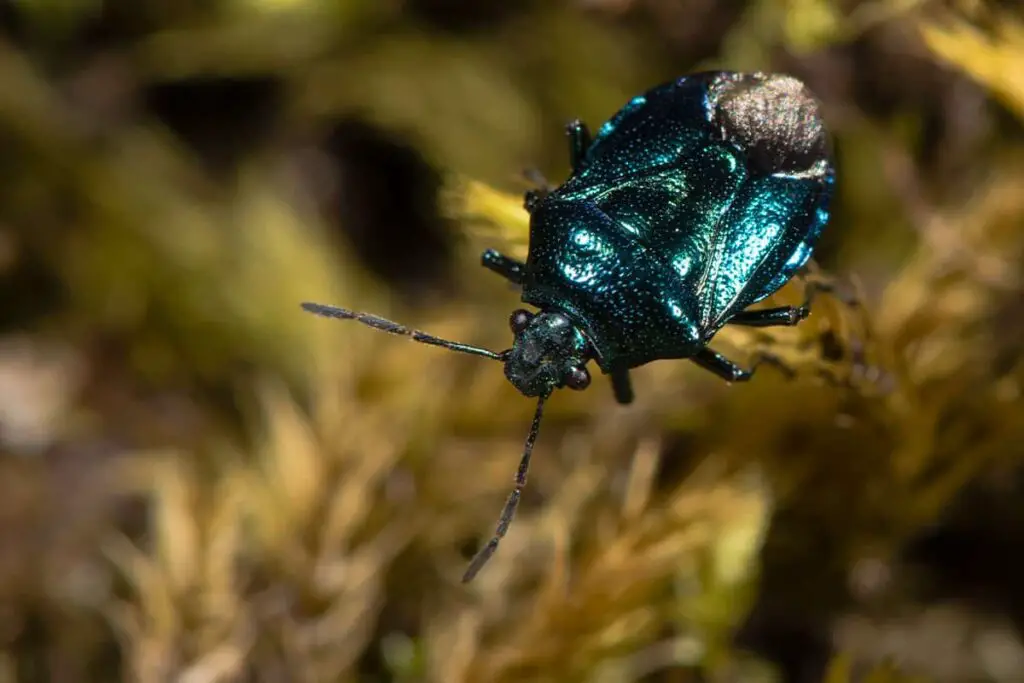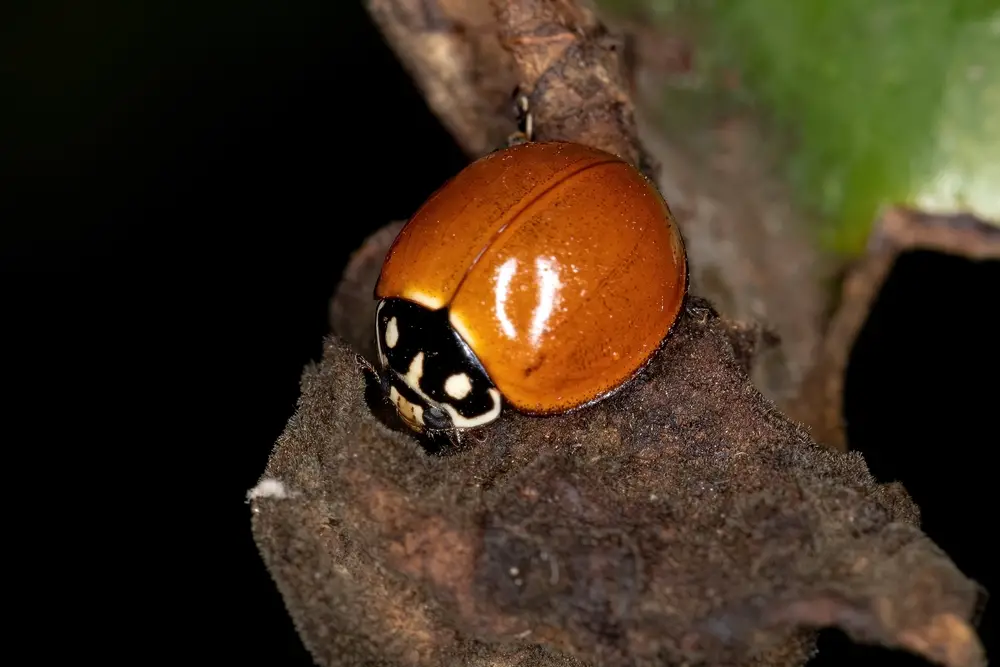
Beetles are a diverse group of insects that you might stumble upon in your home. These little critters come in all shapes, sizes, and colors and might just be more common indoors than you think. In fact, they belong to the Coleoptera order, which is the largest of all orders in the animal kingdom, so it’s not surprising that some have adapted to living alongside us. While you might be familiar with the pesky carpet beetle frequently found in the fibers of your living room rug, there are several other types that might be lurking in less conspicuous spots.
Understanding the types of beetles in your house is the key to managing them. For instance, the varied carpet beetle and the furniture carpet beetle can cause damage to fabrics and furnishings, while other species might be harmless and even beneficial by feeding on other pests. Not all beetles you find at home are cause for concern, but identifying which ones are can help you maintain a comfortable and pest-free environment.
Keeping your home free of unwelcome beetle guests often involves a combination of cleanliness, prevention, and control. Although with over 400,000 different types of beetles, only a select few find the inside of our homes a suitable habitat. Strategies like regular vacuuming and proper food storage can deter the common house beetle from settling in. When you get to know these beetles, cohabitation can become a lot less bothersome.
Common House Beetles
When you’re dealing with house beetles, it’s crucial to identify which type has made its way into your home. Different species require different management strategies, and recognizing them can save you a lot of trouble.
Carpet Beetles
Carpet beetles are small pests often found in your carpets, closet, and sometimes even in your pantry. They typically have a round, dome-shaped body and can come in a variety of patterns and colors. The three types you might most commonly encounter are the varied carpet beetle, the furniture carpet beetle, and the black carpet beetle. These beetles can cause damage to fabrics and upholstered furniture, so it’s important to identify and control them promptly.
- Varied Carpet Beetle: This beetle is noted for its varied colors and patterns.
- Furniture Carpet Beetle: Usually found on furniture, they can also be a nuisance for textiles.
- Black Carpet Beetle: Recognizable by its solid black color, it’s known to be particularly destructive to fabrics.
Pantry Beetles
Pantry beetles cover a category of beetles that tend to invade your food storage areas, munching on grains, flours, and other dry goods. These pests include the confused flour beetle and the red grain flour beetle. Implement strict sanitation and store food in sealed containers to limit their impact.
- Confused Flour Beetle: Often found in flour, they are reddish-brown in color.
- Red Grain Flour Beetle: Similar in habits to the confused flour beetle, but typically darker in color.
To keep these uninvited guests out, maintain a clean home and be vigilant about sealing any potential entry points like holes and cracks.
Identifying Beetle Infestations
When you notice peculiar signs in your home, it’s essential to determine if you’re dealing with a beetle infestation. Accurate identification can lead to better control strategies.
Signs of Beetle Activity
Damage to Fabrics and Furniture: Look for irregular holes in natural fibers or chewed edges on furniture. These damages are hallmarks of beetles, like the varied carpet beetle, which feed on these materials.
Presence of Larvae: Discovering larvae, appearing as small, worm-like insects, in darker areas can indicate an active beetle infestation. For example, you might find carpet beetle larvae in closet corners.
Sightings of Adult Beetles: Regularly noticing beetles in your house, especially near potential food sources like pantries or closets, is a strong indication there may be more hidden away. Keep an eye out for these pests, particularly the furniture carpet beetle with its distinctive patterns.
Physical Characteristics
To accurately identify beetles, you need to examine their physical traits:
- Size and Shape: Beetles come in various sizes. Measure the length and examine whether their body is more oval (like many house beetles) or elongated.
- Color and Patterns: Note the color and any patterns on the insect’s body. Carpet beetles, for instance, sport mottled black, brown, and yellowish patterns.
- Number of Legs and Wings: All beetles have six legs and two pairs of wings, with the front pair being hard and protective.
By closely observing these signs and characteristics, you can determine the presence and type of beetle that may be inhabiting your space.
Prevention and Control
Proper prevention and control methods are essential to keeping beetles from taking over your home. Effective strategies include the use of natural repellents and chemical solutions tailored to your specific beetle problem.
Natural Repellents
Diatomaceous Earth: This powder is a non-toxic way to eliminate beetles. Sprinkle it where you’ve seen beetles or where they might enter your home.
Neem Oil: Applying neem oil to affected areas can act as a natural deterrent to beetles. It is especially useful in gardens or on houseplants that might be attracting beetles inside.
Chemical Solutions
Pesticides: Choose a pesticide designed for the specific type of beetle you’re dealing with. Always follow the instructions for safe and effective application.
Pheromone Traps: These traps lure beetles using a scent that mimics the insects’ natural pheromones. Once attracted, they are trapped and can’t escape.
Remember, sealing cracks and proper sanitation are your first lines of defense. Utilize these methods in conjunction to reduce the chances of a beetle infestation in your home.
Frequently Asked Questions
In this section, you’ll find answers to common questions about identifying and managing beetles in your home. From spotting signs of infestation to prevention tips, let’s tackle these FAQs together.
What are common indicators of beetles infesting a home?
You might notice small holes in fabrics, grains, or wood products, which can be a sign of beetle activity. The presence of shed skins and fecal pellets is also a giveaway that beetles may be calling your place home.
How can one identify different beetle species found indoors?
Examining the size, color, and shape of beetles can aid in identification. For detailed characteristics, you might consider reviewing resources like this guide on identifying beetles in the house.
Why might beetles be attracted to certain areas within a home?
Beetles are often drawn to food sources, including pantry items and natural fibers. They also prefer dark, undisturbed areas like basements, attics, and inside of plants, which provide both shelter and sustenance.
What is the best method to safely remove beetles from the home environment?
Begin by thoroughly cleaning the infested areas to remove food sources and potential beetle habitats. For persistent issues, you may need non-chemical traps or contact a professional for safe and effective removal methods.
Can you provide tips on preventing beetle infestations in residential spaces?
Seal cracks and crevices to limit entry points and store foods in airtight containers to discourage beetle occupation. Regular cleaning and vacuuming can also minimize the risk of infestations.
Are there specific types of beetles that are known to cause damage to fabrics or carpets?
Yes, carpet beetles are notorious for damaging fabrics. They’re identified by their small size and varied color patterns and can wreak havoc on carpets and upholstery by feeding on natural fibers. For information about specific species to watch out for, consider reading about types of beetles that may invade homes.
Driven by a passion for those tiny creatures that rule our world, we at Bug Domain strive to be your go-to resource for information on insects.



